Products & Services
From custom solutions to technical expertise, PRS delivers world-class results.
End-to-End Solutions From Precision Roll Experts
A PRS partnership provides access to everything you need for successful embossed or printed product outcomes — PRS has the most collective experience in the industry. Our precision rolls help ensure your products exceed your customers’ standards.
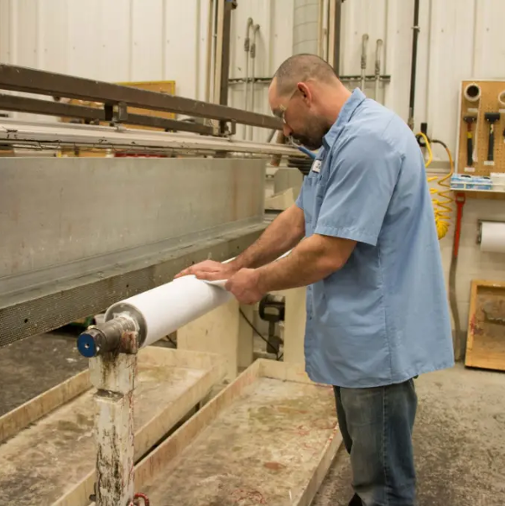
Proven Solutions. Trusted Experts.
Discover the many advantages of working with PRS.
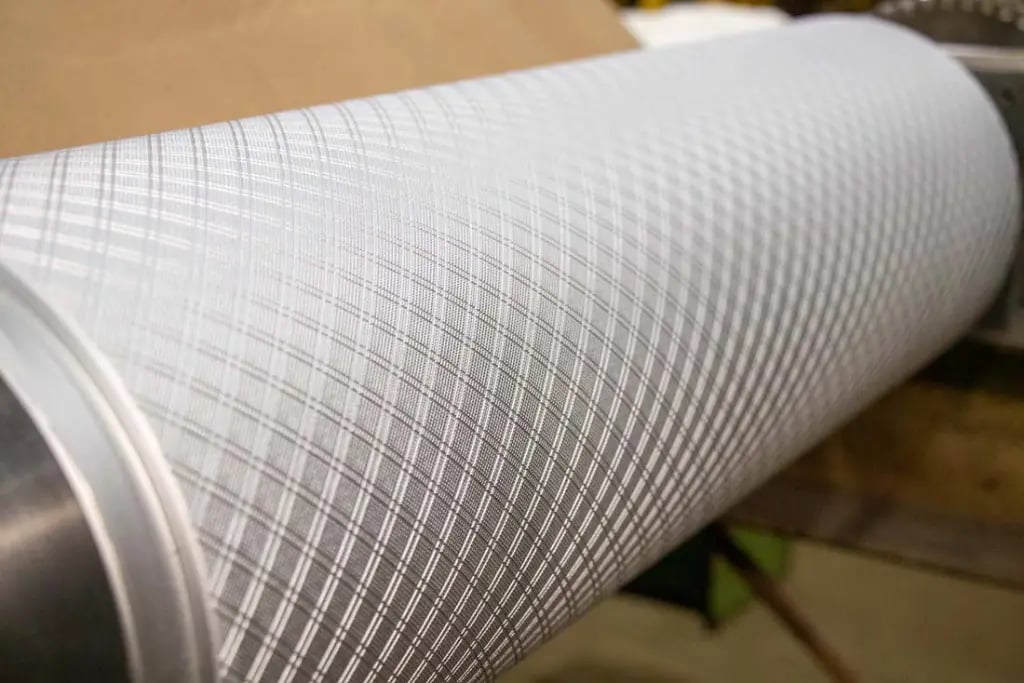
Engraved Rolls
Engraved embossing rolls, calendering rolls, glue/meter rolls, and gravure print cylinders that deliver pattern consistency, quality, and performance across a variety of substrates and applications.
Get the Details
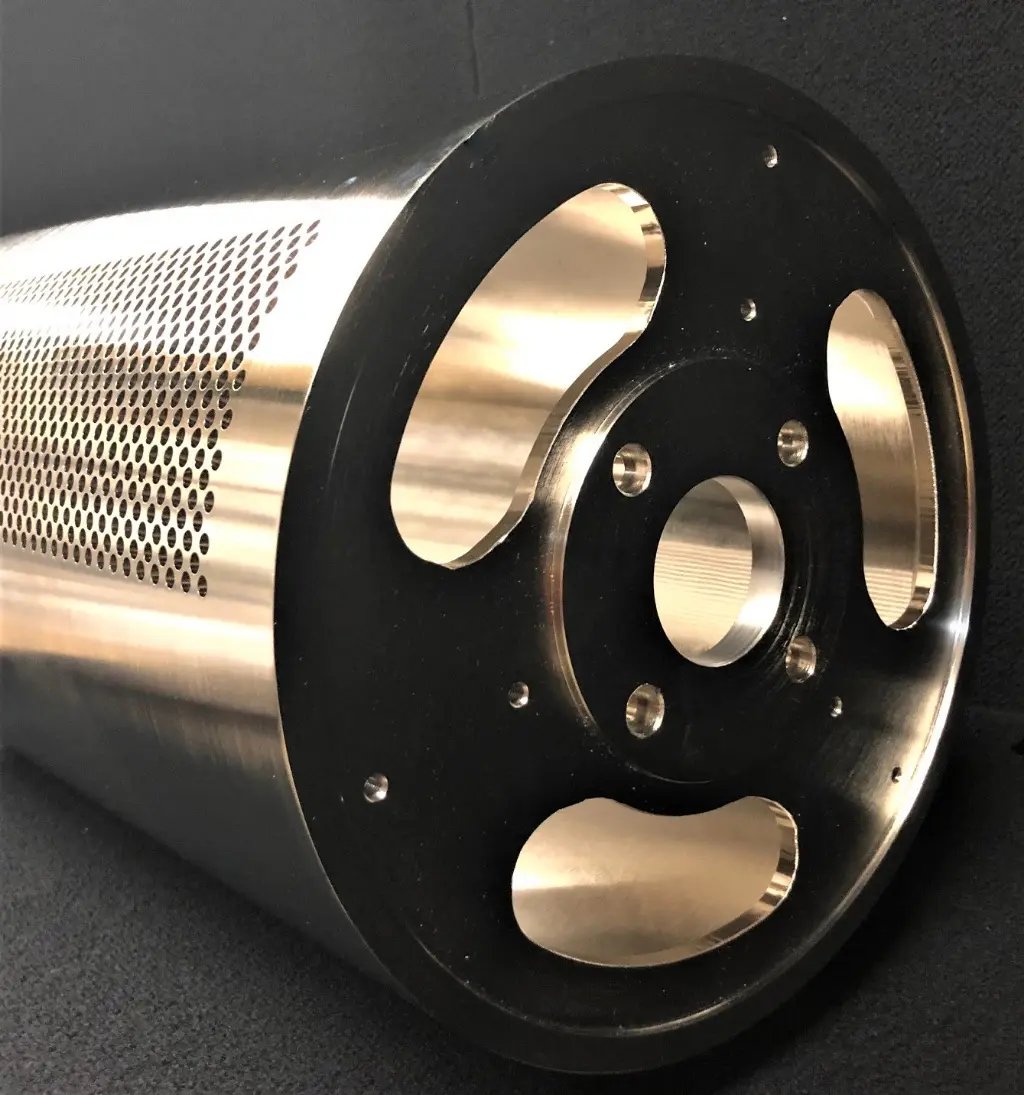
Specialty Rolls
Precision-machined to exact finish and geometric tolerances, PRS specialty / web handling rolls (vacuum tension rolls, heat transfer rolls, custom rolls) provide versatility and optimal performance.
Get the Details
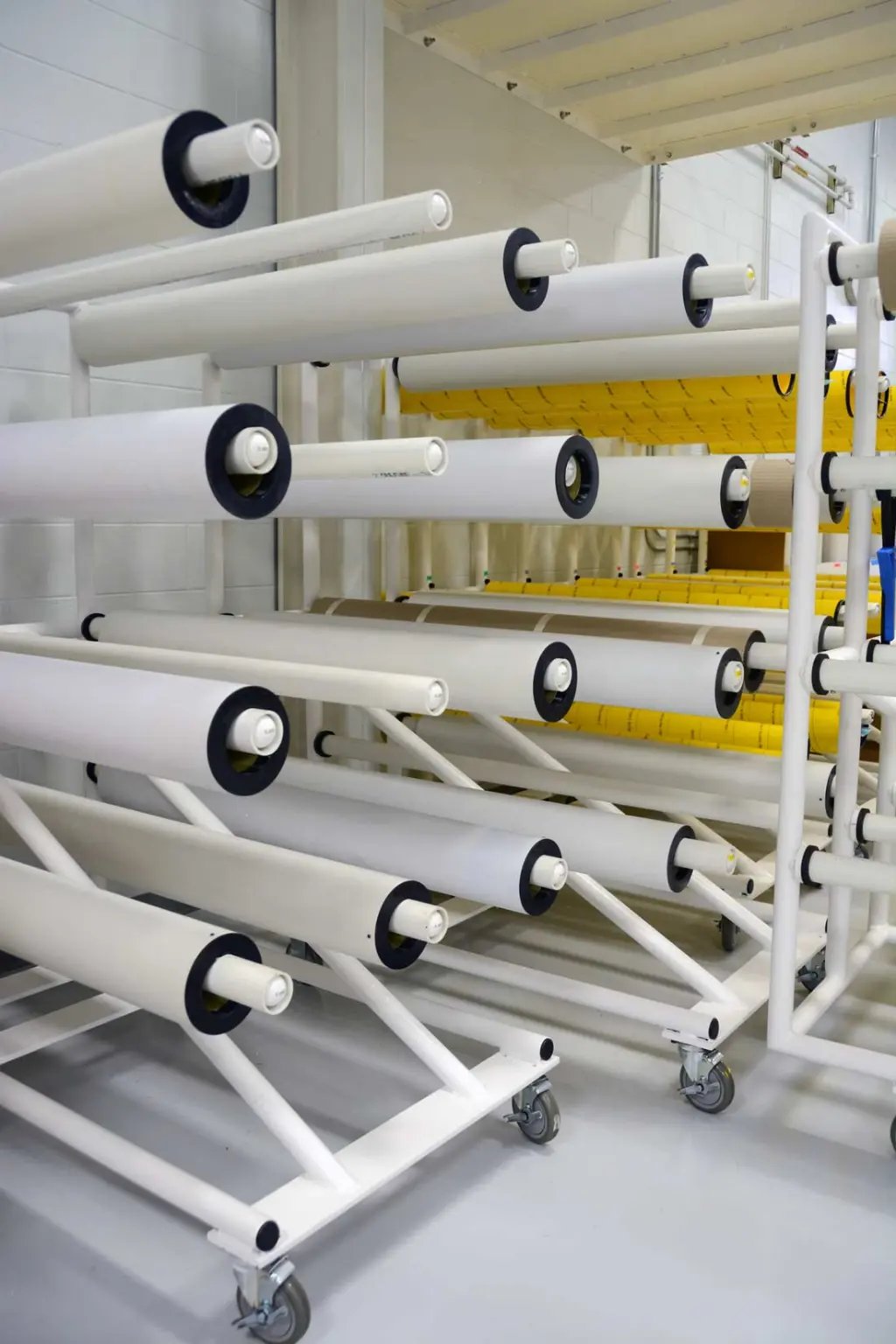
Print Sleeves and Components
Optimize printing operations and performance with expertly crafted PRS print sleeves (flexographic sleeves, anilox sleeves, bridge sleeves), anilox bases and roll covers.
Get the Details
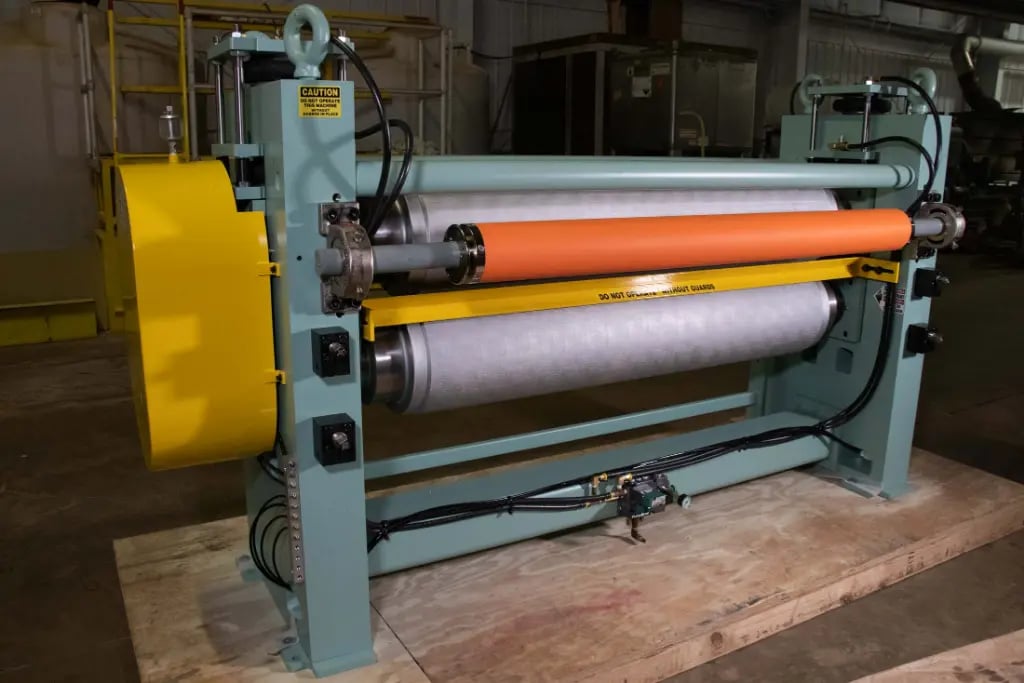
Machinery
The equipment you need, when you need it — engineered to align with your specific application.
Winders, unwinds, slitters, embossers, calenders, and custom web converting equipment.
Get the Details
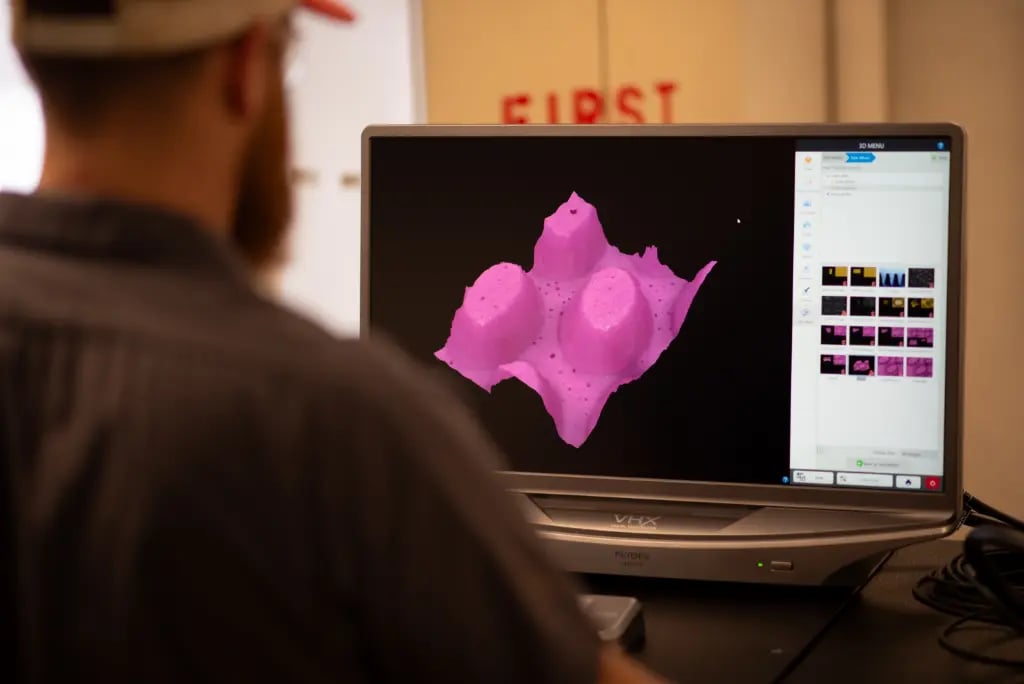
Services
From product pattern development, pilot testing, roll re-engraves and refurbishment, audits and technical support, PRS takes a holistic approach to helping bring your idea to life.
Get the Details
Connect with
PRS Experts
Questions? Tough challenge? Need a second opinion? The PRS experts are here to guide you to your next-level engraved or precision roll solution. Set up a consultation today!